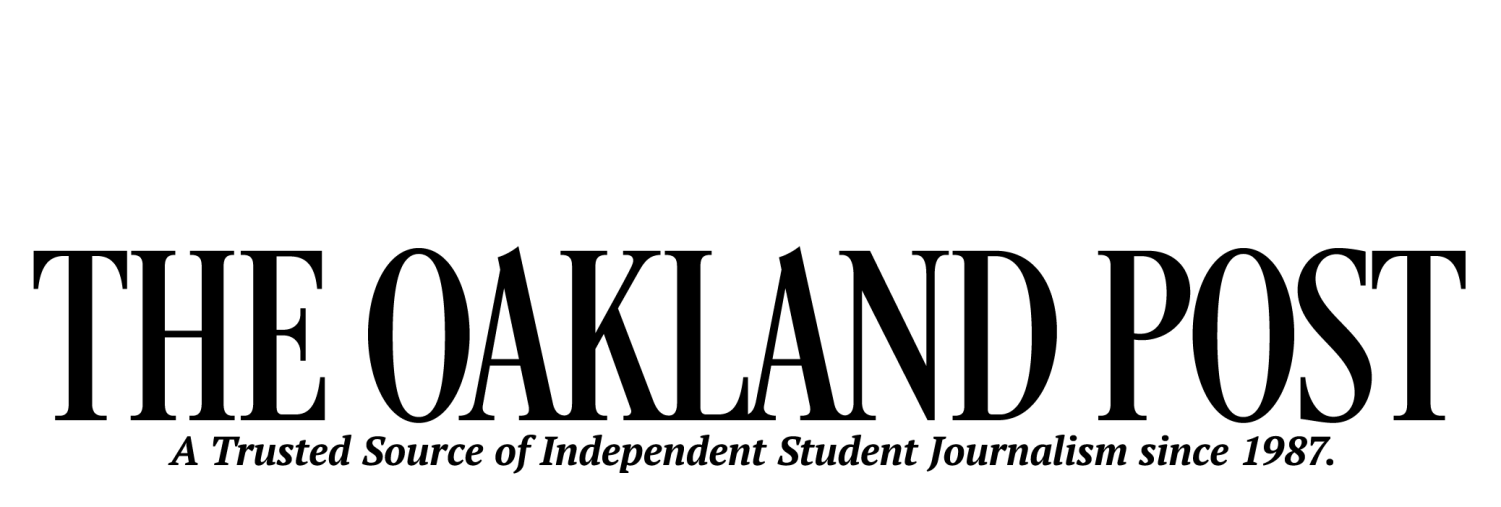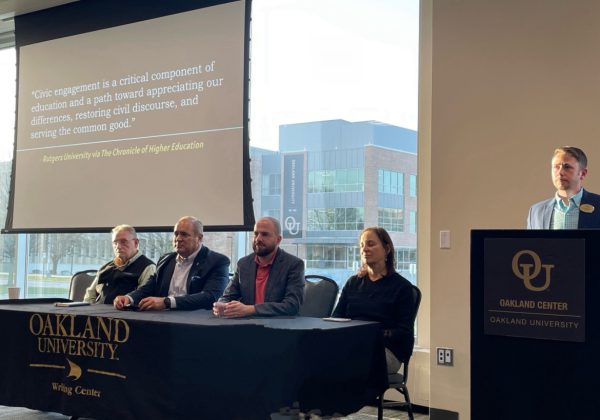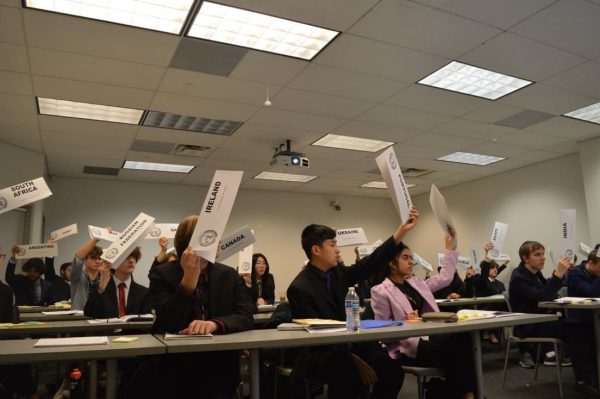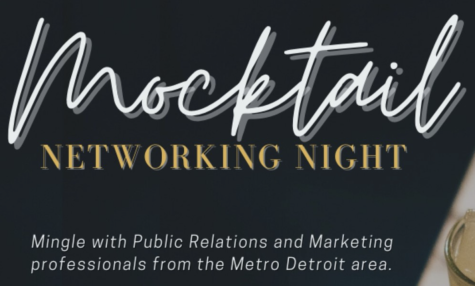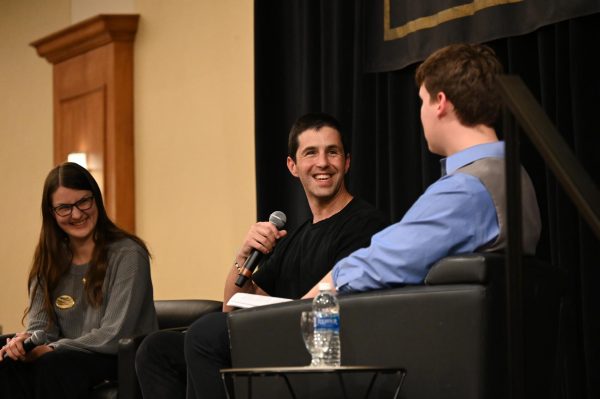Jobs don’t grow on trees
In search of a job, you stumble across a listing that sparks your interest. Only one problem: you don’t meet a lot of the qualifications.
The question then becomes whether to move on or go for it anyway. Many say it’s worth a shot.
This includes Associate Director for Career Services Kelly Dorner, who worked in human resources for 20 years before coming to Oakland University.
“The rule of thumb I tell people is if you meet at least 70-80 percent of the requirements, then yes, it’s a good idea to go ahead and throw the name into the hat,” she said.
This is because most companies now have an applicant tracking system, which is a large database of resumes.
“So even if somebody is not considered for that particular position, it doesn’t mean they wouldn’t be considered for something else down the road,” she said.
However, Dorner warned that anything less than 70 percent would make the applicant look like they didn’t read the job requirements thoroughly.
As for that long list of posted requirements, the wording is important. If something is “required,” that often means the company needs it met from a legal standpoint. However, terms like “preferred” may mean the company can be more lenient.
So, how can a slightly-underqualified person go about landing the job?
One major point is not to focus on or apologize for one’s lack of skills or experience, according to The Muse.
Instead, stay positive and describe strengths and abilities that would apply well to that job. Dorner said the resume should focus on transferable skills, and how the tasks one did at a previous job can specifically translate into the new job’s environment.
Also, an individual’s “soft skills,” or more personal characteristics, are often very valuable.
“Many times, if someone has all of the hard skills in the world but the interviewer can’t picture working 40 hours a week with them, they still may not get the job,” Dorner said.
Soft skills help to show that the applicant would fit culturally into the organization.
“This is great news because it means that who you are as a person matters when you’re applying for a job, and often it can more than compensate in areas you’re lacking,” according to USA Today College.
Similarly, one should showcase personality into these documents.
“Instead of simply stating that you’re an organized, detail-oriented person in your cover letter, tell a story about how your co-workers tease you for alphabetizing the books sitting on your desk,” according to USA Today College.
In order to stand out from other, possibly more qualified, candidates, some may try to submit unusual resume formats. For example, the infographic resume uses images and text to tell the person’s story, according to BigInterview.com.
While this highlights one’s creativity and cleverness, its effectiveness depends on the industry. In addition, some hiring managers may not be open to these unconventional resumes, or they may not even be accepted for online submissions, according to BigInterview.com.
Dorner cautions the use of these formats, as employers usually take 60 to 90 seconds to decide what to do with a resume.
“The second it becomes distracting or un-scannable, they’ll immediately go into the no pile because someone who’s looking through dozens, or maybe hundreds, of resumes want to be able to make a decision and move onto the next,” she said.
If one still wishes to showcase their originality, Dorner said these innovative resumes could be used in addition to the traditional version and brought to more suitable places like interviews or career fairs.
Perhaps the better way to stand out is by simply doing everything else right.
“You can’t afford to slip up when you think your resume might be on the bottom of the pile. That means sending every thank you note on time, following up in a timely (but not annoying) fashion, and proofreading your resume and cover letter a dozen times over to check for errors,” according to The Muse.
Being proactive can also help one’s chances of landing the job.
This includes educating oneself on the company or interviewer before meeting. Applicants can also use LinkedIn to look up current employees of that company, learning how they positioned themselves in order to score that interview.
OU’s Career Services can be beneficial to a student, offering opportunities like consultations for job search strategies and teaching ways to better network with employers.
And if a person has their heart set on a certain job, they can get help customizing their resume to really target the position they’re after.
Even without fulfilling all of those job requirements, maybe take a chance on applying — who knows where it might lead?
